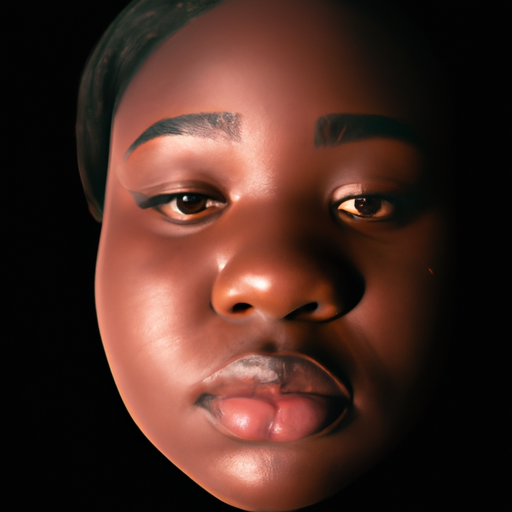Red light therapy, also known as photobiomodulation (PBM), low level light therapy (LLLT), or LED light therapy, is a rapidly growing technique used in the field of dermatology and aesthetics. This non-invasive treatment has been gaining traction due to its myriad benefits for skin health. As an expert in the field, I am here to unmask the radiant benefits of red light therapy.
Red light therapy involves the use of low-level wavelengths of light to treat skin issues, such as wrinkles, scars, and persistent wounds, among others. The key to its effectiveness lies in the specific wavelengths of red and near-infrared light, which have the ability to penetrate deep into the skin, stimulating cellular activity.
One of the primary benefits of red light therapy is its ability to rejuvenate the skin. The therapy stimulates collagen production, a protein that gives our skin its elasticity and strength. As we age, collagen production naturally decreases, leading to wrinkles and other signs of aging. Red light therapy can counteract this by promoting increased collagen production, resulting in smoother, firmer skin.
In addition to boosting collagen production, red light therapy also increases the production of fibroblasts and endorphins, which play a crucial role in the skin’s healing process. This makes it an effective treatment for healing wounds and scars. Studies have shown that red light therapy can significantly improve the appearance of scars and accelerate wound healing.
Furthermore, red light therapy has been found to be beneficial in treating various skin conditions such as psoriasis, acne, rosacea, and eczema. The anti-inflammatory properties of red light can help reduce inflammation and redness associated with these conditions. It can also help regulate oil production and improve circulation, which can reduce acne breakouts.
Another remarkable benefit of red light therapy is its potential to combat sun damage. Ultraviolet (UV) radiation from the sun is one of the leading causes of premature aging and skin cancer. Red light therapy can help reverse the damage caused by UV radiation by repairing damaged skin cells and stimulating the production of new ones.
Despite the myriad benefits, one of the most appealing aspects of red light therapy is its safety profile. It is a non-invasive, painless procedure with virtually no side effects. Unlike other treatments like laser therapy or chemical peels, red light therapy does not cause burns or skin damage. It is suitable for all skin types and can be used on any part of the body.
In conclusion, red light therapy is a promising tool in the field of dermatology and aesthetics, offering a multitude of benefits for skin health. Its ability to stimulate collagen production, accelerate wound healing, treat various skin conditions, combat sun damage, and its excellent safety profile make it an attractive option for those seeking to improve their skin health.
However, it’s important to remember that while red light therapy can significantly improve skin health, it is not a miracle cure. A balanced diet, regular exercise, adequate hydration, and sun protection are still the most critical factors for maintaining healthy skin. As with any treatment, it’s always best to consult with a healthcare professional before starting red light therapy to ensure it’s the right choice for your specific needs and circumstances.



